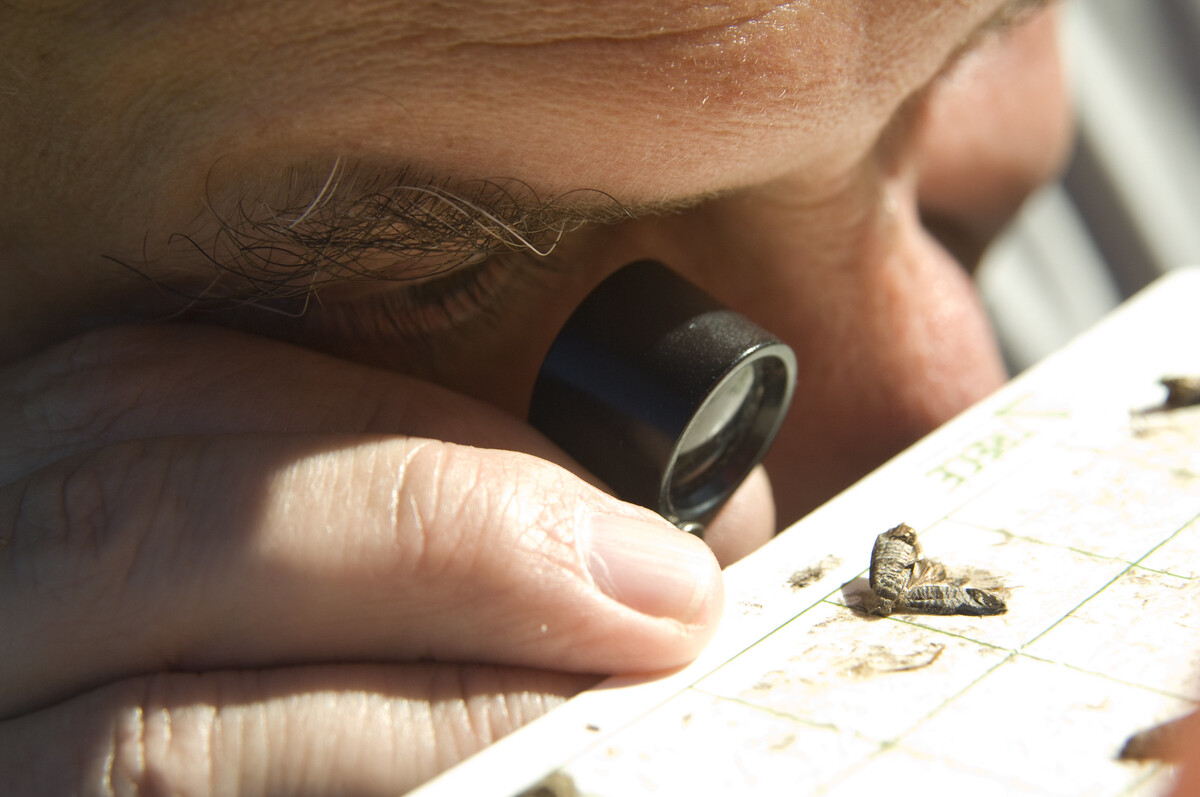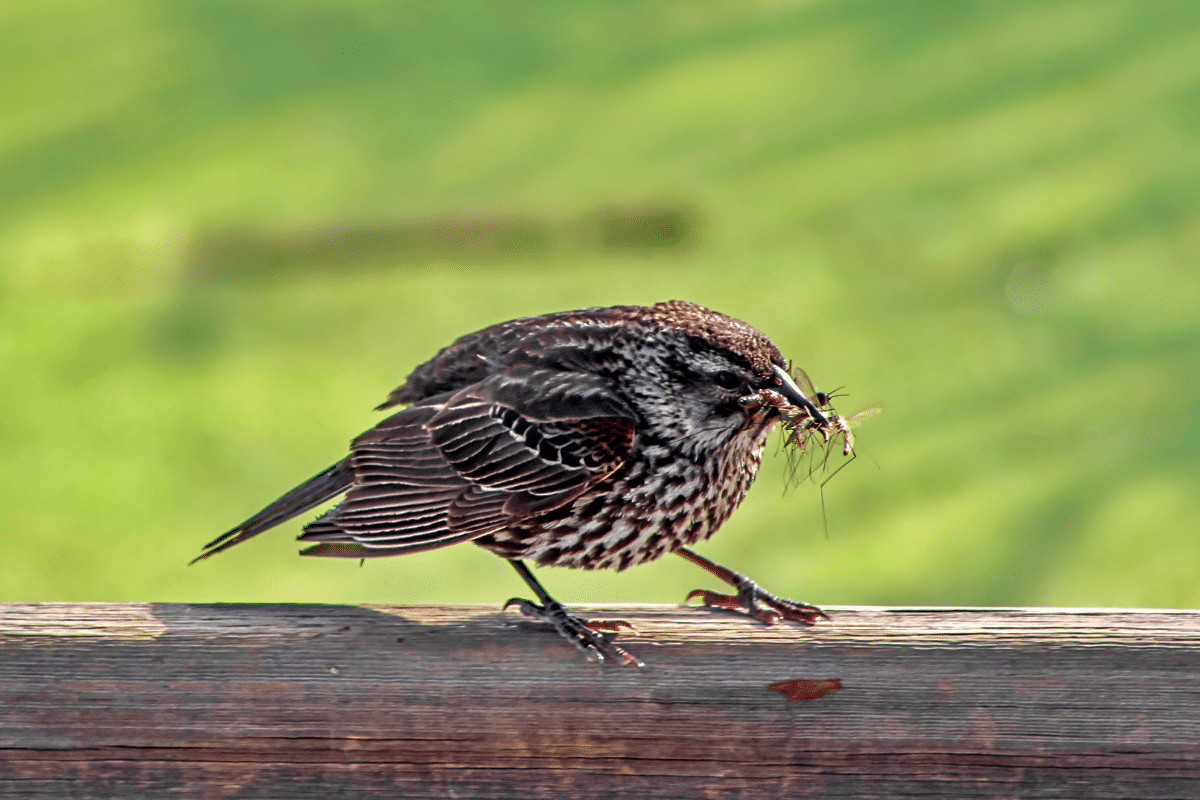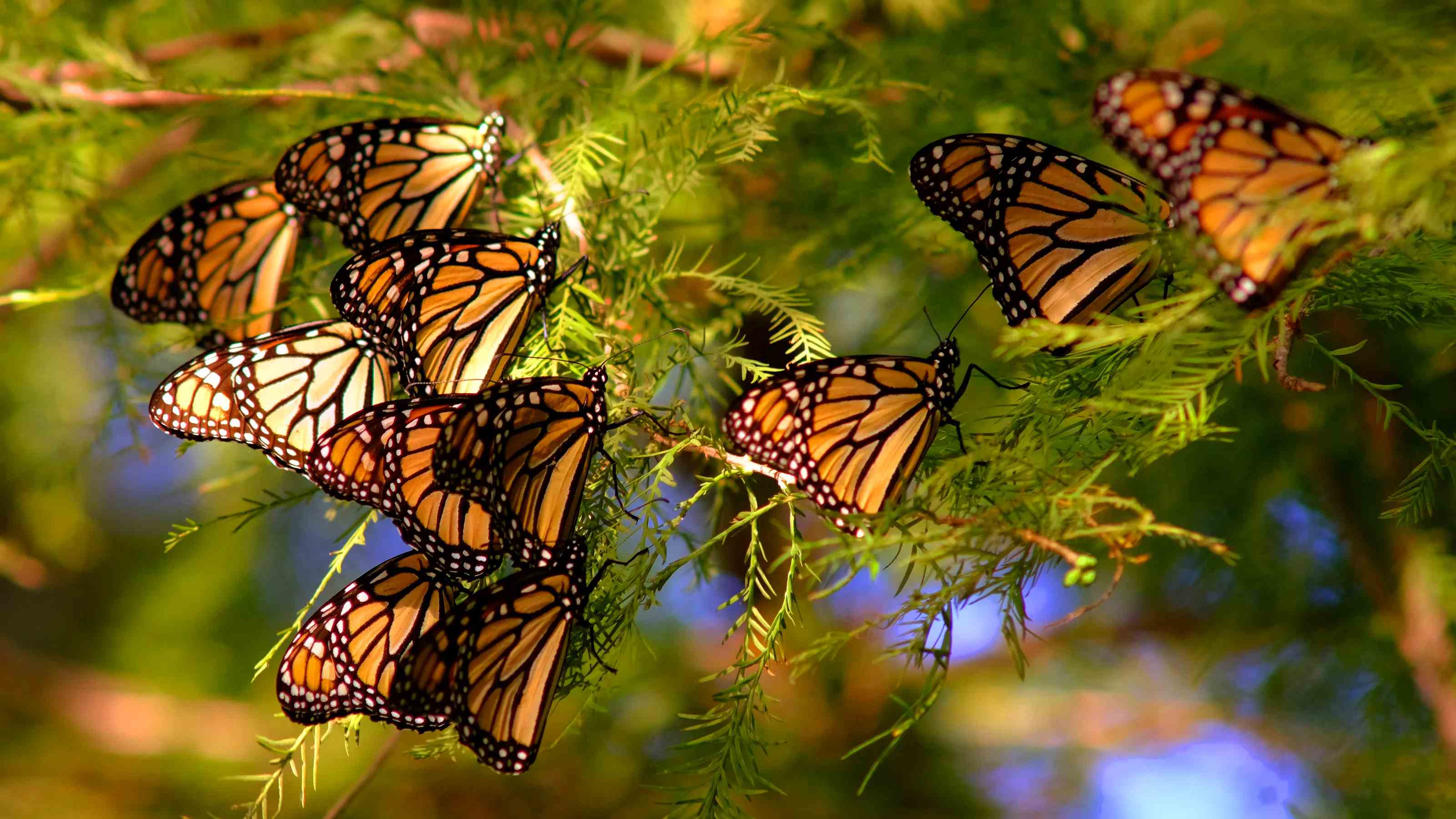Home>Gardening News and Trends>Latest News>During Which Time Period Did Land Plants Insects And Vertebrate Animals First Appear?


Latest News
During Which Time Period Did Land Plants Insects And Vertebrate Animals First Appear?
Modified: January 22, 2024
Discover the Latest News on the Evolution of Land Plants, Insects, and Vertebrate Animals. Uncover the Fascinating Time Period When They First Emerged.
(Many of the links in this article redirect to a specific reviewed product. Your purchase of these products through affiliate links helps to generate commission for Chicagolandgardening.com, at no extra cost. Learn more)
Table of Contents
Introduction
The appearance of land plants, insects, and vertebrate animals marked significant milestones in the history of life on Earth. These three groups of organisms have had a profound impact on the planet, shaping ecosystems and influencing the evolution of other species. Understanding the time periods during which they first appeared is crucial in reconstructing the history of life and how these organisms have adapted to diverse environments over millions of years.
Land plants, insects, and vertebrate animals have a long evolutionary history, with each group adapting and diversifying in response to changing environmental conditions. By examining the fossil record and genetic evidence, scientists have been able to piece together a timeline of when these organisms first emerged on land.
It is important to note that the appearance of these groups did not happen simultaneously but occurred in different time periods. Land plants were the first to colonize terrestrial habitats, followed by insects and later by vertebrate animals. Each group played a critical role in shaping the Earth’s ecosystems, and their presence has had far-reaching consequences for the development of life as we know it today.
In this article, we will explore the time periods during which land plants, insects, and vertebrate animals first appeared, shedding light on their evolutionary history and the significant contributions they have made to the biodiversity of our planet.
Land Plants
Land plants, also known as embryophytes, were the first group of organisms to successfully transition from an aquatic environment to life on land. This evolutionary leap occurred around 500 million years ago during the Ordovician period. It is believed that certain green algae adapted to survive in shallow waters and eventually made their way onto land, where they faced numerous challenges.
One of the key challenges for land plants was the need to find a way to retain water without the constant immersion in a watery environment. To overcome this obstacle, land plants developed specialized tissues, such as cuticles and stomata, to minimize water loss through evaporation. These adaptations allowed plants to flourish in terrestrial habitats, paving the way for the colonization of diverse ecosystems.
As land plants evolved, they diversified into a wide range of forms, including mosses, ferns, conifers, and flowering plants (angiosperms). Each group played a unique role in shaping the Earth’s ecosystems and contributed to the global carbon cycle through photosynthesis.
The appearance of land plants had a profound impact on the environment. They helped stabilize soil, contributed to the oxygenation of the atmosphere, provided habitats for other organisms, and served as a food source for herbivores. Additionally, their ability to convert carbon dioxide into oxygen has played a crucial role in mitigating the greenhouse effect and impacting climate patterns.
Overall, the emergence of land plants marked a significant milestone in the history of life on Earth. Their successful colonization of terrestrial habitats laid the foundation for the development of complex ecosystems and paved the way for the evolution of subsequent organisms.
Insects
Insects, the largest and most diverse group of animals on Earth, first appeared around 400 million years ago during the Devonian period. They are characterized by their jointed legs, chitinous exoskeleton, and segmented bodies. The evolution of insects played a crucial role in shaping terrestrial ecosystems and influencing the evolution of other organisms.
The transition of insects from aquatic to terrestrial habitats was a significant step in their evolutionary history. It is believed that insects evolved from crustacean ancestors and adapted to life on land by developing specialized respiratory systems, such as tracheae, to extract oxygen directly from the air.
Once insects colonized the land, they rapidly diversified into numerous ecological niches, employing various feeding strategies and occupying different habitats. Today, insects can be found in almost every ecosystem on Earth, from deserts to forests, and from polar regions to tropical rainforests.
Insects have had a profound impact on ecosystems and human societies. They play vital roles as pollinators, decomposers, and predators, contributing to the survival and reproduction of countless plant species. In addition, insects serve as a food source for many animals and humans, providing vital nutrients and protein.
However, insect populations are facing significant challenges due to habitat loss, climate change, and pesticide use. As a result, it is crucial to understand the evolutionary history and ecological importance of insects to develop conservation strategies and mitigate their decline.
Overall, insects have been incredibly successful in adapting to various environments and have become one of the most integral components of ecosystems worldwide. Their appearance during the Devonian period marked a pivotal moment in the history of life, with their diversification and ecological roles shaping the planet for millions of years.
Vertebrate Animals
Vertebrate animals, including fish, amphibians, reptiles, birds, and mammals, emerged much later in Earth’s history. The first vertebrates appeared around 530 million years ago, during the Cambrian period. Like land plants and insects, vertebrates underwent significant adaptations to transition from aquatic to terrestrial habitats.
The first vertebrates were jawless fish, such as the ostracoderms, which thrived in ancient oceans. Over time, vertebrates evolved more complex features, including jaws, paired fins, and internal skeletons made of bone or cartilage. These advancements allowed them to exploit new ecological niches and populate a variety of environments.
Amphibians, the first vertebrates to venture onto land, arose during the Devonian period, around 370 million years ago. They faced challenges similar to the early land plants, such as the need to prevent dehydration. Amphibians managed to overcome this obstacle with adaptations like permeable skin and the ability to lay their eggs in water.
Reptiles, including dinosaurs, reptilian ancestors of birds, and the modern reptiles we know today, emerged during the Carboniferous and Permian periods, around 350-250 million years ago. They were able to thrive on land due to their amniotic eggs, which provided protection and allowed them to reproduce away from water.
The emergence of birds, which are the direct descendants of dinosaurs, occurred around 150 million years ago during the Jurassic period. Birds evolved from small, feathered theropod dinosaurs and developed adaptations for flight, allowing them to conquer the skies and diversify into over 10,000 species.
Mammals, the group to which humans belong, appeared around 200 million years ago during the Mesozoic era. Mammals faced challenges similar to other land-dwelling vertebrates, such as the need to regulate body temperature and care for offspring. In response, they developed features like fur or hair, specialized teeth, and mammary glands to nourish their young.
Vertebrate animals have had a profound impact on ecosystems and have played pivotal roles in shaping Earth’s biodiversity. They occupy various ecological niches, from the depths of the sea to the highest mountaintops, and have diversified into numerous species with unique adaptations for survival.
In summary, the emergence and diversification of vertebrate animals mark significant milestones in the history of life on Earth. Their adaptation to terrestrial habitats, evolution of key features, and colonization of diverse ecosystems have shaped the planet we know today.
Conclusion
The appearance of land plants, insects, and vertebrate animals at different time periods has played a crucial role in shaping the Earth’s ecosystems and biodiversity. Land plants were the first to colonize terrestrial habitats, paving the way for the evolution of complex ecosystems and the oxygenation of the atmosphere. The subsequent emergence of insects allowed for ecosystem diversification and ecological interactions such as pollination and decomposition. Vertebrate animals, including fish, amphibians, reptiles, birds, and mammals, further diversified and occupied diverse niches, contributing to the complexity and resilience of ecosystems.
Understanding the evolutionary history and the time periods during which these organisms first appeared is essential for unraveling the story of life on Earth. It helps us comprehend the adaptive strategies that have emerged over millions of years and the intricate web of interactions that exist within ecosystems.
Moreover, recognizing these organisms’ ecological roles and their significance is crucial for conservation efforts. Land plants, insects, and vertebrates face numerous challenges, including habitat loss, climate change, and human activities. By understanding their evolutionary history and ecological importance, we can develop effective strategies to protect and conserve these vital components of our planet’s biodiversity.
In conclusion, the emergence of land plants, insects, and vertebrate animals at different time periods has shaped the Earth’s ecosystems and influenced the evolution of countless species. They have provided habitats, food sources, and ecosystem services that are vital for the survival of other organisms, including humans. Recognizing their significance and implementing conservation efforts is key to maintaining the balance and preserving the diversity of life on our planet.







